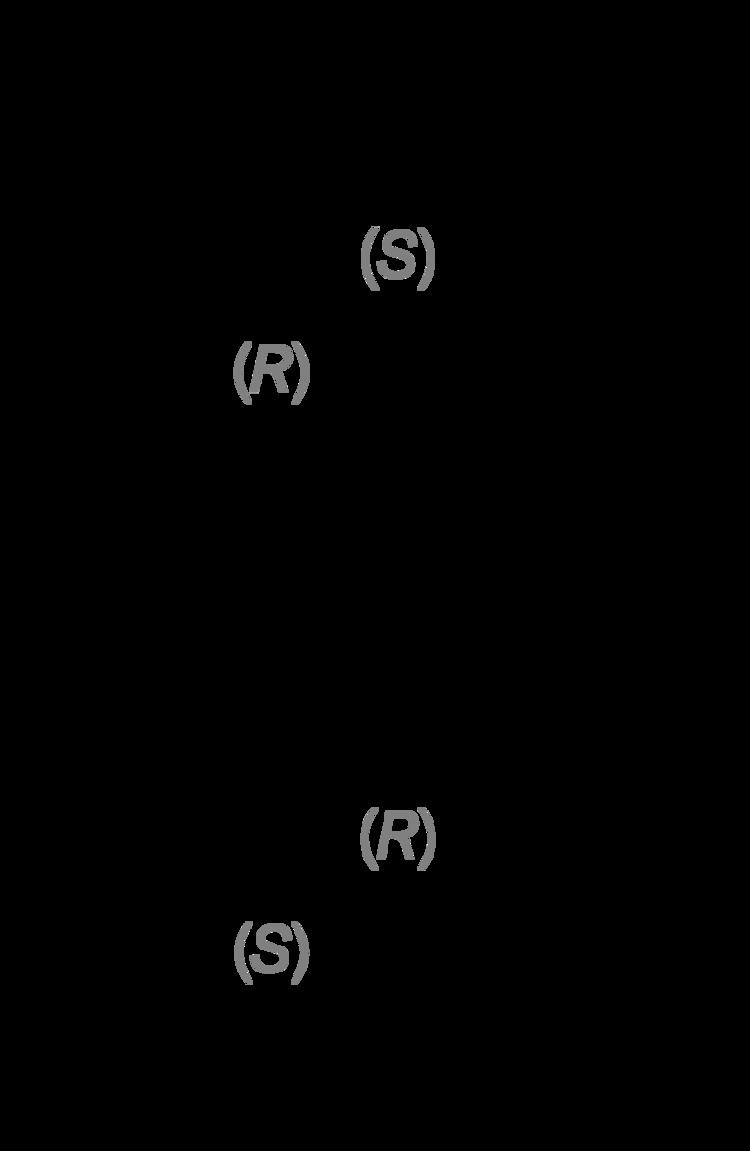ATC code N02AX01 (WHO) | ||
 | ||
Trade names Tilicomp, Tilitrate, Valoron, Vilidin AHFS/Drugs.com International Drug Names Legal status AU: S8 (Controlled)CA: Schedule IDE: Anlage III (Prescription only)US: Schedule I Bioavailability 6% (parent compound), 99% (active metabolite) | ||
Tilidine (INN, USAN), or tilidate (BAN) (brand names: Tilidin, Valoron and Valtran) is a synthetic opioid painkiller, used mainly in Germany, Switzerland, South Africa and Belgium for treatment of moderate to severe pain, both acute and chronic. Its onset of pain relief after oral administration is about 10–15 minutes and peak relief from pain occurs about 25–50 minutes after oral administration.
Contents
Medical uses
Tilidine is used in the form of hydrochloride or phosphate salt. In Germany, tilidine is available in a fixed combination with naloxone for oral administration (Valoron N and generics); the mixture of naloxone is claimed to lower the abuse liability of the opioid analgesic. This is so that if people take the medication orally (which is the way they are meant to) the opioid blocker, naloxone, has minimal effects on them but if they inject it the naloxone becomes bioavailable and hence antagonises the effects of the tilidine producing withdrawal effects. In Switzerland the original Valoron brand with only tilidine and no naloxone is also available.
As well as its use as an analgesic, tilidine is also commonly used in Germany for treatment of restless legs syndrome. The reversed ester is also known and is also a prodrug.
Tilidine is a controlled substance in most countries, listed in the German BtMG, Austrian SMG, and in the USA under the Controlled Substances Act 1970 as ACSCN 9750 as a Narcotic under Schedule I, with an annual aggregate manufacturing quota of 10 grammes in 2014. It is used as the hydrochloride (free base conversion ratio 0.882) and HCl hemihydrate (0.858)
Adverse effects
Its most common adverse effects are transient nausea and vomiting, dizziness, drowsiness, fatigue, headache and nervousness; less commonly, nausea and vomiting (after repeated dosing), hallucinations, confusion, euphoria, tremor, hyperreflexia, clonus and increased sweating. Uncommonly, somnolence; rarely, diarrhoea and abdominal pain.
Physicochemistry
It usually comes in its hydrochloride hemihydrate salt form; in this form it is highly soluble in water, ethanol and dichloromethane and appears as a white/almost white crystalline powder. Its storage is restricted by its insensitivity to light and sensitivity to degradation by oxygen, hence necessitating its storage in amber bottles and at temperatures below 30 degrees Celsius, respectively.
Pharmacology
Considered a low-to-medium-potency opioid, tilidine has the oral potency of about 0.2, that is, a dose of 100 mg p.o. is equianalgesic to approximately 20 mg morphine sulfate orally. It is administered orally (by mouth), rectally (by a suppository), or by injection (SC, IM or slowly IV) with single doses of 50 to 100 mg, the maximal daily dose being up to 600 mg.
Tilidine itself is only a weak opioid, but is rapidly metabolised in the liver and gut to its active metabolite nortilidine and then to bisnortilidine. It is the (1S,2R)-isomer (dextilidine) that is responsible for its analgesic activity. The reversed ester of Tilidine is known
Synthesis
It is manufactured by a Diels-Alder reaction of 1-N,N-dimethylaminobuta-1,3-diene with ethyl atropate, yielding a mixture of isomers, of which only the (E)-(trans)-isomers are active and are separated subsequently from the mixture by precipitation of the inactive (Z)-(cis)-isomers as zinc complex. The inactive (Z)-(cis)-isomers may be epimerized to the more thermodynamically favored (E)-(trans)-isomers via reflux in diluted phosphoric acid.
